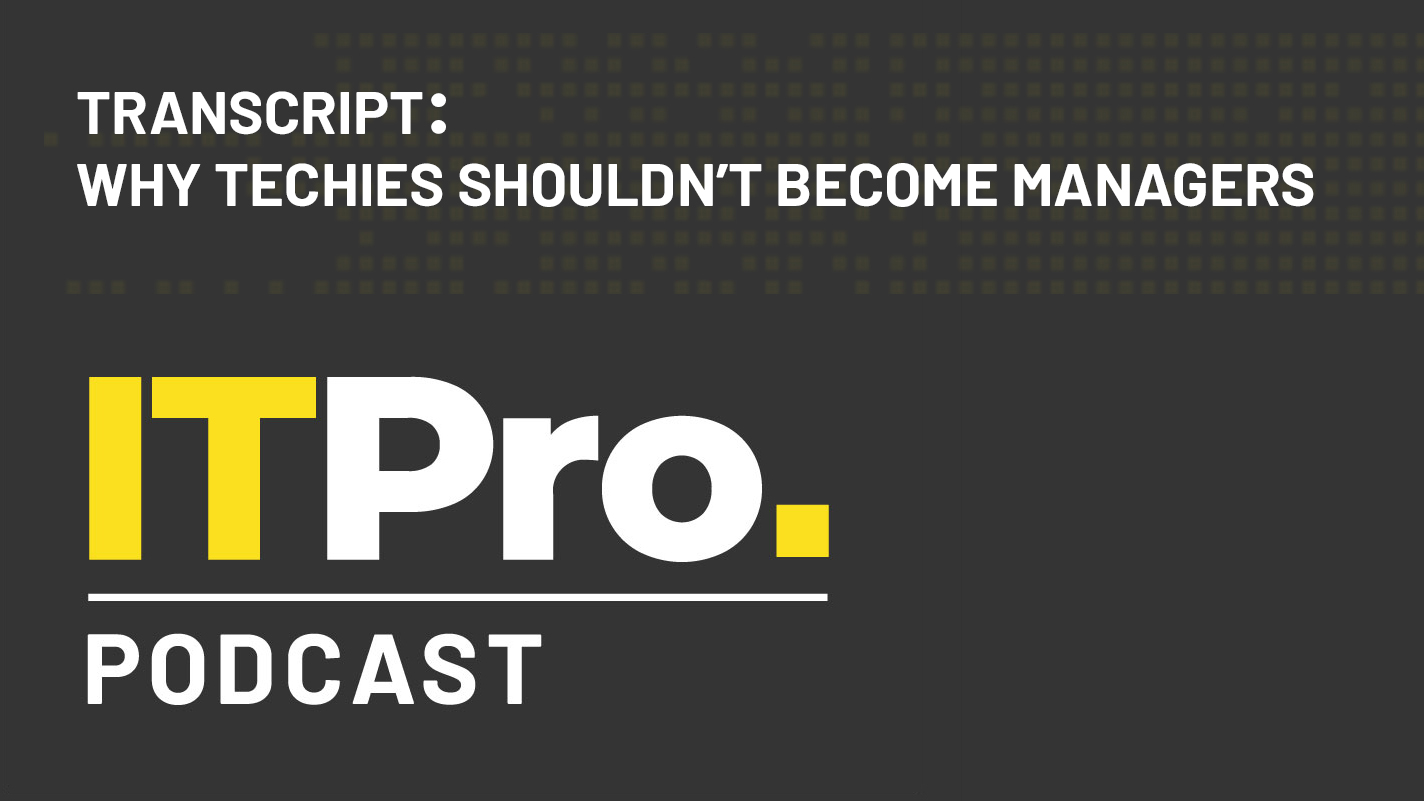Implementing flexible working
How to successfully introduce a flexible working policy


Many employees are now working in a more flexible way than ever before, and for good reason; it helps in retaining and motivating staff. It can also help organisations reduce costs and be more effective with the resources they have.
For organisations, this means having a flexible working policy in place so that employees know how to request it and what their options are.
What to include in a policy
All employers should consider creating a policy for managing flexible working requests, as they may be faced with many requests over the course of business. Such a policy will ensure that requests are treated consistently, with the same requirements applying to all staff. The policy should be based on the needs of the organisation, its employees and its customers.
While smaller businesses may not choose to have an official policy, they should still make sure that employees know the process when submitting a request.
Any policy your organisation has must adequately outline statutory flexible working practices to both staff and managers. Employees must be informed about the types of flexible working and who is eligible to make requests (i.e. employees who have completed 26 weeks of continuous employment).
The policy must cover how these requests are considered, as well as possible reasons that a request might be refused. It should also cover informal flexible working requests that fall outside the statutory system.
Get the ITPro daily newsletter
Sign up today and you will receive a free copy of our Future Focus 2025 report - the leading guidance on AI, cybersecurity and other IT challenges as per 700+ senior executives
Employees must also be made aware of the effect of a successful request on the contract of employment.
Practising what you preach
Once a policy has been set up, organisations need to publicise this at any recruitment stage and during induction. It is important in a competitive job market that an organisation flags to a candidate the benefits of flexible working as this will make working there a more attractive prospect.
Employees should be made aware of what has to be included in any flexible working application and who the request should be submitted to.
The flexible working request process can also form part of a wider equality and diversity policy.
Implementing the policy
The main barriers to implementing flexible working in the workplace can be operational ones, such as the need to maintain customer service requirements, ian nability to successfully manage flexible workers, current organisational culture and senior management attitudes.
One way of implementing flexible working is to run a pilot scheme. Having a scheme run in a few discrete areas or teams is a good way of tackling unexpected problems and banishing some of the common concerns around cultural change.
Reviewing the policy
Once the policy is in place, employers should encourage staff to use the policy by communicating any benefits and successes.
The policy should be reviewed to ensure it is achieving its aims. Should employee or organisation circumstances change, the policy may also need to be amended. Feedback from staff on the existing policy can help in evaluating if the policy is working out in practice.
Employers may also want to monitor absence/sickness levels as well as flexible working take-up to give an insight into the impact flexible working is having on an organisation. Employee appraisals can also be used to see if flexible working is functioning properly.
Rene Millman is a freelance writer and broadcaster who covers cybersecurity, AI, IoT, and the cloud. He also works as a contributing analyst at GigaOm and has previously worked as an analyst for Gartner covering the infrastructure market. He has made numerous television appearances to give his views and expertise on technology trends and companies that affect and shape our lives. You can follow Rene Millman on Twitter.
-
 Should AI PCs be part of your next hardware refresh?
Should AI PCs be part of your next hardware refresh?AI PCs are fast becoming a business staple and a surefire way to future-proof your business
By Bobby Hellard Published
-
 Westcon-Comstor and Vectra AI launch brace of new channel initiatives
Westcon-Comstor and Vectra AI launch brace of new channel initiativesNews Westcon-Comstor and Vectra AI have announced the launch of two new channel growth initiatives focused on the managed security service provider (MSSP) space and AWS Marketplace.
By Daniel Todd Published
-
 IT Pro Panel: Tackling technical recruitment
IT Pro Panel: Tackling technical recruitmentIT Pro Panel With the recruitment market shifting, how can businesses both retain their best staff and fill gaping talent shortages?
By Adam Shepherd Published
-
 Podcast transcript: Why techies shouldn’t become managers
Podcast transcript: Why techies shouldn’t become managersIT Pro Podcast Read the full transcript for this episode of the IT Pro Podcast
By IT Pro Published
-
 The IT Pro Podcast: Why techies shouldn’t become managers
The IT Pro Podcast: Why techies shouldn’t become managersIT Pro Podcast Managing people is a completely different skillset to managing technology - so why do we keep pushing people from one to the other?
By IT Pro Published
-
 Podcast transcript: How umbrella companies exploit IT contractors
Podcast transcript: How umbrella companies exploit IT contractorsIT Pro Podcast Read the full transcript for this episode of the IT Pro Podcast
By IT Pro Published
-
 The IT Pro Podcast: How umbrella companies exploit IT contractors
The IT Pro Podcast: How umbrella companies exploit IT contractorsIT Pro Podcast Is tighter regulation needed to stop workers from being cheated out of earnings?
By IT Pro Published
-
 Data scientist jobs: Where does the big data talent gap lie?
Data scientist jobs: Where does the big data talent gap lie?In-depth Europe needs 346,000 more data scientists by 2020, but why is the gap so big?
By Zach Cooper Published
-
 Four tips for effective business collaboration
Four tips for effective business collaborationOpinion Collaboration is about more than just removing office walls
By Esther Kezia Thorpe Published
-
 IT Pro Panel: The truth about talent
IT Pro Panel: The truth about talentIT Pro Panel Why is it still so hard to find good people?
By Adam Shepherd Published